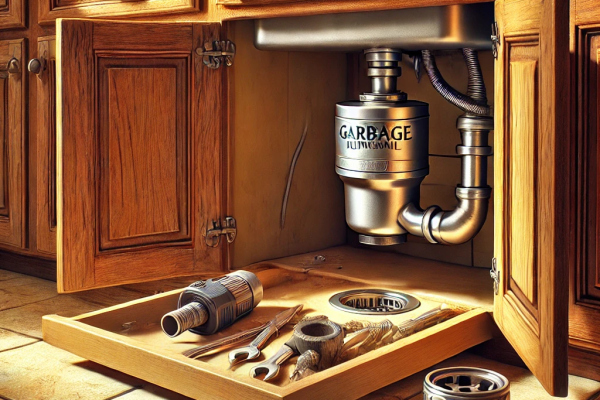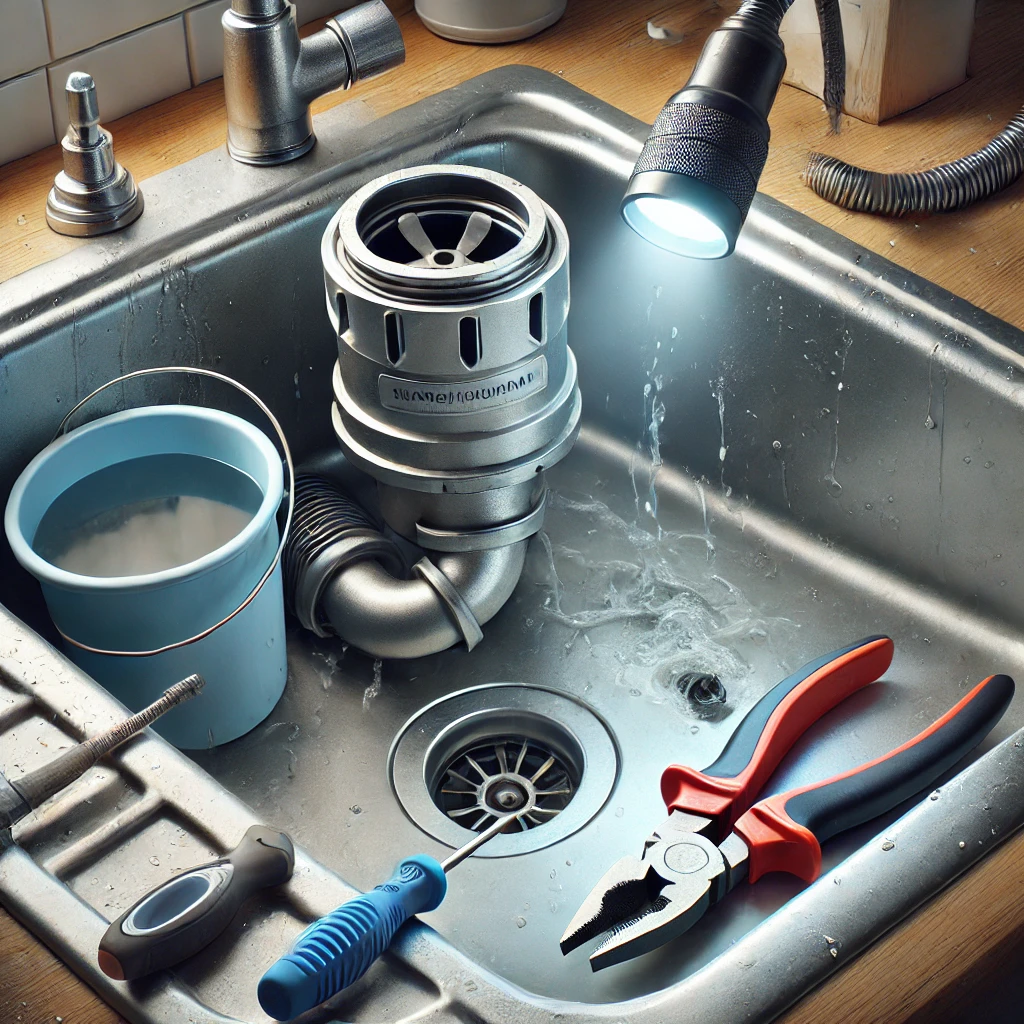
How to Detect and Eliminate a Garbage Disposal Leak: Proven Texas Expertise
If you’ve ever heard the sudden dripping of water under your kitchen sink, you know how quickly it can ruin your day. A garbage disposal is one of the most useful appliances in the kitchen, but it often becomes the source of trouble if it starts leaking. You might notice a puddle on the floor, an unpleasant smell, or some strange noise. However, in most cases, people don’t immediately realize where this annoying leak is coming from and begin to panic. In today’s article—backed by extensive plumbing experience and inspired by the rugged yet hospitable tradition of Texan service—we’ll explain how to quickly and effectively pinpoint a leak and what to do about it.
Common Causes of Garbage Disposal Leaks
A leaking garbage disposal is a particularly relevant problem for busy households. People often want to save time and end up throwing things into the disposal that it wasn’t originally designed to handle. But even if you’re careful about what you toss in, sooner or later the device can malfunction. Fortunately, a malfunction doesn’t have to turn into a catastrophe—just take the time to understand how the disposal works and learn a few tried-and-true techniques. Let’s take a look at some of the most common causes of leaks and how to spot them.
1. Checking Connections and Seals
One of the most vulnerable areas is the connections. The disposal is attached to the sink and linked to the water supply system through various fasteners and rubber seals. Over time, and sometimes due to poor installation, these seals can wear down, develop cracks, lose their tightness, and start leaking.
To check whether the problem lies here:
- Wipe all connection points with a dry cloth and then carefully turn on the water.
- If you immediately see drops or dampness, it’s time to replace the seal or tighten the fittings.
Rubber seals can be purchased at any hardware store, and instructions for replacing them are easy to find. In Texan repair shops, you can sometimes find reinforced seals with a longer service life—an excellent choice if you don’t want to deal with replacements every couple of years.
2. The Disposal Housing and Potential Hairline Cracks
The garbage disposal housing itself can also be a source of leaks. Over time, plastic or metal can wear down, especially if you frequently grind hard or sharp waste like bones or fruit pits. A small, barely noticeable crack can lead to water seeping out.
To check the housing:
- Dry the outside of the device and turn on the water.
- Shine a flashlight on the disposal housing to spot any moisture forming.
Serious cracks often can’t be permanently fixed. It may be simpler to buy a new model with better features. Consult a Texan plumbing expert to determine whether repair or replacement is the best option. If a replacement is necessary, explore modern disposals with advanced features, such as improved noise reduction or energy efficiency, to better suit your household’s needs.
3. Leakage Due to Improper Dishwasher Connection
Garbage disposals are often connected to dishwashers. If the hose linking the dishwasher to the disposal is not securely attached or has damage, this can cause a leak.
Inspect this area by:
- Checking where the hose connects to the disposal.
- Feeling the tube for moisture, drips, or condensation.
Replace any worn components. This is particularly important in hot regions like Texas, where temperature changes can deteriorate rubber and plastic more quickly. Regular inspections and timely replacements of dishwasher hoses can help prevent unexpected failures and maintain proper functionality.
4. Leaking at the Drain
Sometimes the problem isn’t in the disposal itself but in the drain line. It might be poorly secured or deformed. Check for gaps between the drain pipe flange and the disposal, as well as rust on metal parts.
Steps to address this:
- Tighten any loose fasteners.
- Replace damaged pipe sections or apply a sealant.
In Texas, where the climate can be tough on plastic fittings, it’s important to regularly check that everything is sealed properly. Preventative care, such as applying a protective sealant periodically, can extend the life of your drain system and reduce the likelihood of leaks.
5. Noise, Odor, and Other Symptoms of Malfunction
Leaks aren’t the only indicators of a problem. Unusual grinding sounds or unpleasant odors can signal issues. Foreign objects or food scraps stuck inside can damage components or create extra moisture.
To avoid issues:
- Periodically clean the disposal with special solutions or ice and lemon peels.
- Use specialized cleaning tablets designed for hard water.
- Flush the disposal regularly with warm water to prevent buildup and odors, especially after processing greasy or fibrous food scraps.
When to Call the Professionals
If you’ve tried all diagnostic methods and still haven’t found the problem, or if the damage is too great, call a professional. Texan plumbers have considerable experience in addressing disposal leaks and can quickly determine the best solution.
A professional can also check for other plumbing “weak spots” in your home. Sometimes a disposal issue is just the tip of the iceberg, and more extensive maintenance is required. Additionally, professionals can offer tailored advice on how to optimize your plumbing system to handle local environmental conditions.
Environmental Aspect and Prevention
Using a garbage disposal correctly contributes to eco-friendly waste management. However, avoid overloading it with large bones, excessive grease, or entire bags of scraps. Proper disposal habits not only protect the appliance but also reduce the risk of plumbing complications that can impact water quality and the environment.
Tips for Prevention:
- Regularly clean the disposal by running cold water before and after grinding.
- Process ice and citrus peels to clear buildup and freshen the unit.
- Check all joints and fasteners at least every six months.
- Educate household members about appropriate waste disposal habits to prevent misuse.
Additional Tips and Hacks
- Keep basic tools like screwdrivers, pliers, and spare rubber seals on hand.
- Install a water leak sensor under the sink for early detection.
- In Texas, ventilate the area under the sink to prevent overheating.
- Use durable, high-quality components designed to withstand the state’s unique climate challenges for long-lasting performance.
Conclusion: How to Stay Dry and Happy
The kitchen is the heart of the home, and the garbage disposal is its small, hardworking helper. Leaks can become a real “kitchen nightmare,” but they’re manageable if you know where to look and how to respond. Regular maintenance, prompt inspections, and professional assistance when needed will keep your disposal running smoothly for years to come.
Take care of your kitchen and appliances—may your garbage disposal serve you faithfully and quietly for many years ahead! With proactive care and a little help from Texan expertise, you can ensure a trouble-free and efficient kitchen environment, even in the face of challenges.






